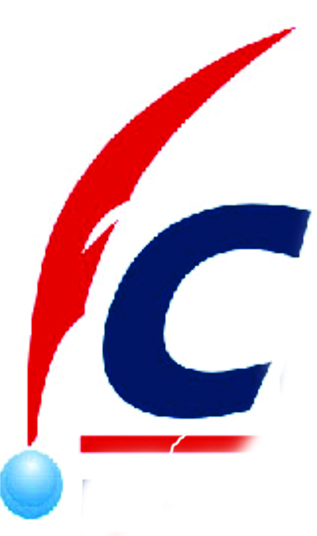FOCUS ON HEALTH
Leading a more sedentary lifestyle can have a negative effect on our health
By Virginia Nsitem

Since the COVID-19 restrictions were put in place last March, many of us have enjoyed spending more time with our families, finding new ways to entertain ourselves, trying out new recipes, and decluttering our homes. But working from home means less time being active. We no longer stand in bus and train lines, run to catch a bus, go for a walk at lunch or walk up and down stairs, Leading a more sedentary lifestyle can have a negative effect on our health. This article discusses some common aches and pains associated with decreased physical activity, and how to relieve the pain.
Sitting
When we sit for prolonged periods, our body endures forces that put pressure on the spine and muscles. The discs (shock absorbers) in the low back begin to compress, the hip muscles tighten, the body tends to slouch, the blood flow to the buttock muscles decrease, and there is increased pressure on the nerves and other sensitive structures in the low back and pelvic region.
Your body will signal that you have been sitting too long when you start to feel achy and stiff back muscles, tender and sore buttock muscles and tailbone, difficulty rising from the seated position, pain radiating into the groin, and numbness and tingling in the buttock region or legs. The longer you sit, the more painful it may be to walk and stand straight after getting up from your chair.
Computer and phone work
Staring straight at a computer screen for hours, working with your computer on your lap, cradling a phone between your neck and shoulder, or bending your head down to text on your phone, are all poor postural habits. These activities, performed over long periods of time, can lead to headaches, neck pain, arm pain and numbness, and other muscle and joint conditions. Straining your neck can increase the pressure on the discs in the neck, and also increase the tension on the muscles of the neck, shoulders, and upper back. Maintaining a poor posture in the neck and upper back can have a negative effect on the muscles you use for inhaling and exhaling.
Your body will give you painful signs when you have stayed in one position too long, and it is time to stretch and change your position. You may feel stiff and tight neck muscles, achy shoulder muscles, tight chest muscles, and numbness and tingling in the fingers. As the muscles and joints in the neck tighten, you may also experience difficulty turning your head from side to side.
Rehabilitation
If you begin to experience symptoms from inactivity and poor posture, see your chiropractor or family physician for advice. Your chiropractor or physician will examine you before providing a diagnosis. Your rehabilitation program may include:
- Chiropractic manual treatments to improve flexibility, balance, and strength of the spine, and restore proper movement to the muscles and joints of the spine. Laser therapy may help reduce the pain associated with the muscle spasms and inflammation.
- Rehab Program. – It is important to practice specific exercises to strengthen the postural muscles and increase the flexibility of these spine, arms, and legs. These exercises are usually performed during the treatments and at home.
- Physiotherapy and Massage therapy –The addition of massage therapy, physiotherapy, and acupuncture to your rehab program may help relieve pain.
- Posture and Ergonomics. – Education on proper sitting and working on the computer is important.
To keep your day active, schedule “micro breaks” in your appointment calendar, at least three 10-15 minute breaks every day. Use that time to get up from your chair, take a few brisk steps, re-hydrate, and stretch your spine, arms, and legs. By scheduling the breaks as “appointments”, you are more likely to take the time to follow-through with your activity routine.
Stop the Pain … Before the Pain Stops You!
(Dr. Virginia Nsitem is a chiropractor specializing in laser therapy for spine, muscle, joint, and nerve injuries, and is a Fellow of the Royal College of Chiropractic Sports Sciences in Canada. She may be reached at (905) 275-4993, or by email at totalhealth@bellnet.ca )
Please note that we remain open during the COVID-19 restrictions, with strict guidelines to keep our therapists, staff, and patients safe


